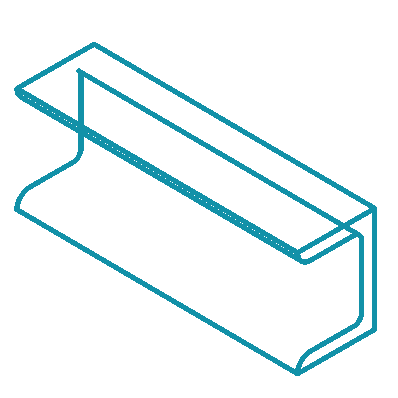Enhancing Energy Efficiency: The Impact of Pro Windows and Doors on Home Insulation
In the quest for enhanced energy efficiency within residential spaces, the role of pro windows and doors cannot be overstated. These advanced installations are designed to provide superior insulation, significantly reducing energy consumption for heating and cooling. As homeowners increasingly seek ways to minimize their environmental impact and lower utility bills, pro windows and doors emerge as a prime solution. By effectively sealing in conditioned air and preventing drafts, these high-performance products not only create a more comfortable living environment but also contribute to long-term cost savings.
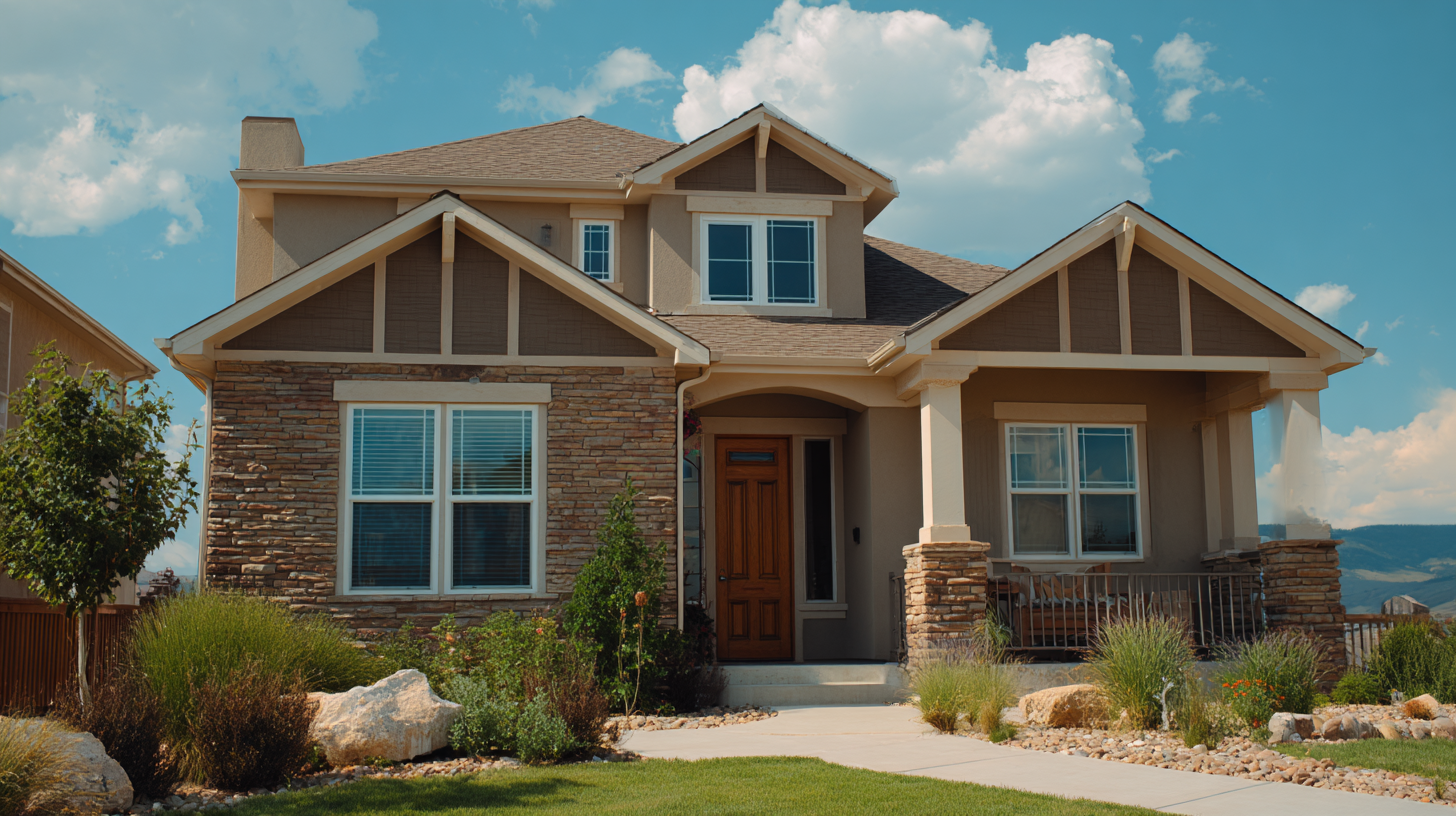
This article delves into the various benefits of upgrading to pro windows and doors, showcasing how these innovations are pivotal in transforming home insulation practices and advancing energy efficiency goals.
The Importance of Energy-Efficient Windows and Doors in Modern Homes
In modern homes, the importance of energy-efficient windows and doors cannot be overstated. These elements are crucial in reducing energy consumption and enhancing overall comfort. Energy-efficient windows, often designed with advanced glazing technologies, minimize heat transfer, keeping interiors warm during the winter and cool during the summer. This not only leads to reduced heating and cooling costs but also contributes positively to the environment by lowering carbon footprints.
Moreover, energy-efficient doors complement these benefits by preventing drafts and heat loss. The use of high-quality materials and insulation in door construction helps maintain stable indoor temperatures, further optimizing energy usage. Homeowners investing in these features may find themselves enjoying significant savings on energy bills while also increasing their property value. As energy efficiency becomes an essential consideration in home design, the integration of pro windows and doors stands out as a proactive approach towards sustainable living.
Understanding Home Insulation and Its Role in Energy Conservation
Home insulation plays a crucial role in energy conservation, significantly impacting the efficiency of heating and cooling systems in our homes. Understanding how to effectively insulate a home can lead to remarkable energy savings, especially during challenging seasons like winter. Adding insulation in targeted areas, such as attics, walls, and around windows and doors, can help maintain a stable indoor temperature, reducing the reliance on heating systems and thereby lowering energy bills.
Investing in energy-efficient windows and doors is another critical aspect of enhancing home insulation. These elements act as barriers against heat loss and air infiltration, which are common sources of energy wastage. Homeowners can benefit from programs that offer support and incentives for making such energy-efficient upgrades, ultimately contributing to a larger transition towards cleaner energy solutions. With free resources available for those looking to improve their home efficiency, it has never been easier to take proactive steps towards a greener, more cost-effective living environment.
Enhancing Energy Efficiency: The Impact of Pro Windows and Doors on Home Insulation
| Insulation Type | R-Value (per inch) | Energy Efficiency Contribution (%) | Expected Lifespan (years) | Typical Cost ($ per sq ft) |
|---|---|---|---|---|
| Fiberglass Batts | 3.1 - 4.3 | 20 | 40 | 0.50 |
| Spray Foam | 5.0 - 6.8 | 30 | 20 | 1.00 |
| Cellulose | 3.1 - 3.7 | 25 | 30 | 0.75 |
| Rock Wool | 3.1 - 4.4 | 20 | 50 | 0.70 |
| Rigid Foam Board | 3.8 - 6.5 | 30 | 20 | 1.20 |
Key Features of Pro Windows and Doors That Enhance Energy Efficiency
Pro windows and doors are pivotal in enhancing a home’s energy efficiency through a variety of key features. One significant aspect is the use of double or triple glazing, which creates multiple air pockets that reduce heat transfer. This insulation minimizes the need for heating in winter and cooling in summer, leading to lower energy bills. Additionally, advanced low-emissivity (Low-E) coatings on glass reflect interior temperatures back inside, further controlling indoor climate and energy consumption.
Another important feature is the sealing technology employed in pro windows and doors. High-quality weatherstripping and airtight frames prevent drafts and air leaks, ensuring that conditioned air stays inside the home. Furthermore, energy-efficient materials like fiberglass and thermally broken aluminum are employed to enhance insulation. With these innovations, homeowners can enjoy improved comfort while contributing to environmental sustainability by reducing their overall energy usage. These features collectively support a more efficient and eco-friendly living space.
Enhancing Energy Efficiency: The Impact of Pro Windows and Doors on Home Insulation
Comparative Benefits: Traditional vs. Energy-Efficient Windows and Doors
When it comes to home insulation, the choice between traditional and energy-efficient windows and doors can have a profound impact on energy consumption and comfort. Traditional windows and doors often lack effective insulation, leading to heat loss in the winter and heat gain in the summer. In contrast, energy-efficient options are designed with advanced materials and technologies, such as Low-E coatings and argon gas fills, which substantially reduce thermal transfer. This means that homeowners can enjoy a more stable indoor temperature while relying less on heating and cooling systems.
**Tip:** When selecting new windows and doors, look for Energy Star ratings, which indicate superior energy performance. This can lead to significantly lower utility bills over time, making energy-efficient upgrades a smart investment.
Furthermore, energy-efficient windows and doors enhance the overall aesthetic of a home without compromising performance. With numerous styles and designs available, homeowners can choose products that complement their buildings' architecture while reaping the benefits of reduced energy costs and improved insulation.
**Tip:** Consult with a professional about the best insulation strategies for your specific climate and home design to maximize energy efficiency and comfort.
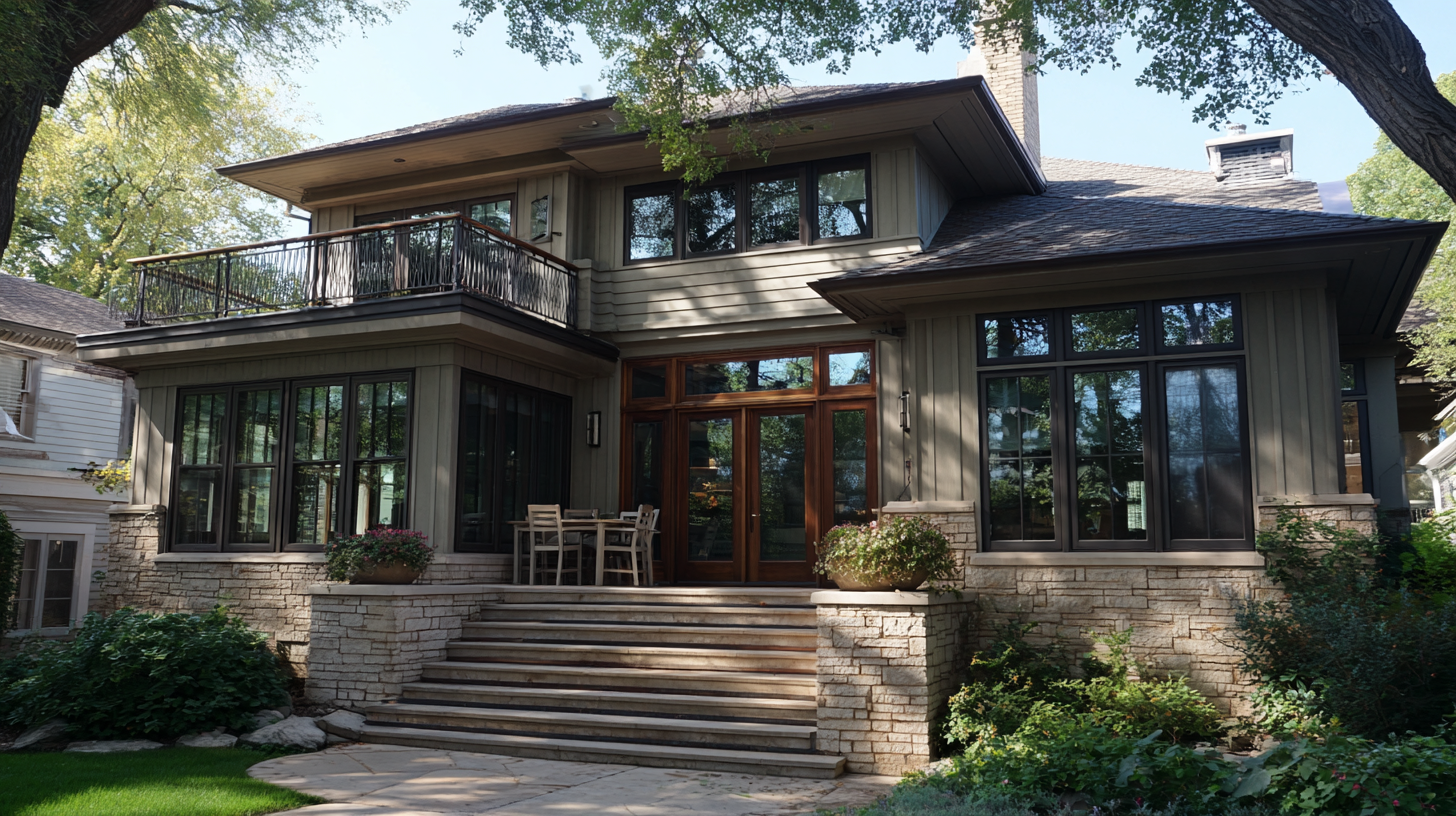
Real-Life Examples of Energy Savings Through Improved Insulation Solutions
The shift towards enhancing home insulation through improved windows and doors is pivotal in achieving energy savings. Real-life examples abound, demonstrating the tangible benefits home and business owners experience by adopting advanced insulation solutions. For instance, the expansion of roof insulation services, such as those announced by a local contractor in Nevada, highlights a proactive approach to limiting energy costs and enhancing overall home comfort. By utilizing cutting-edge techniques in roof insulation, homeowners can significantly reduce their heating and cooling expenses.
Similarly, the increase in spray foam insulation services by contractors in various regions showcases the growing recognition of the importance of effective insulation. This type of insulation not only improves energy efficiency but also provides a superior air sealing capability that traditional materials often lack. As energy prices continue to rise, these advancements play a critical role in helping homeowners make informed decisions that lead to sustainable living and substantial energy savings. Community-driven projects further underpin this initiative, demonstrating a collective effort towards improving energy conservation and fostering a culture of sustainability among residents.
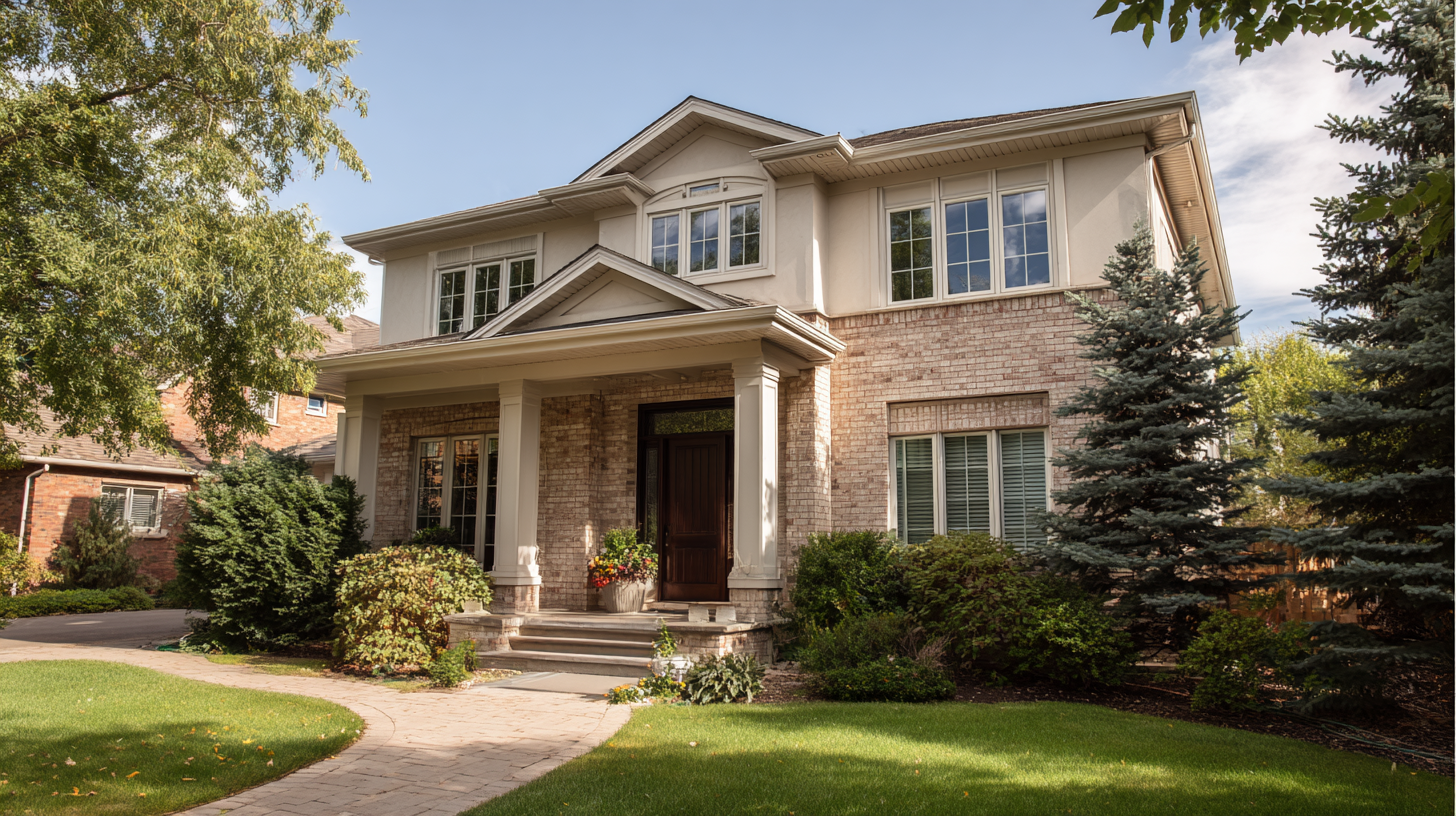
Related Posts
-

Transform Your Home with Dream Windows and Doors: The Ultimate Guide to Modern Design
-
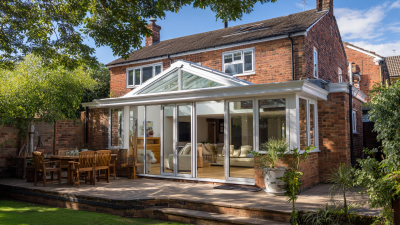
Why UPVC Windows & Doors Are the Ultimate Choice for Energy Efficiency in Modern Homes
-
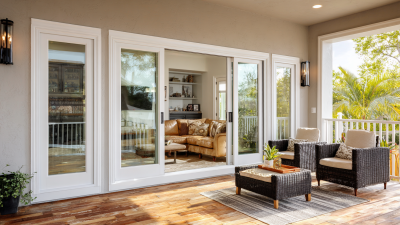
Exploring Upvc Sliding Doors Market Trends at 2025 China Import and Export Fair with Industry Growth Insights
-
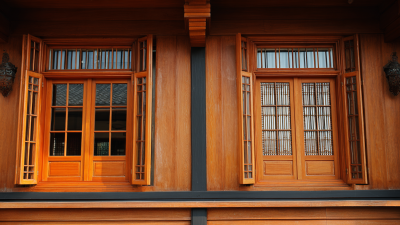
Exploring the Benefits of Energy-Efficient Wooden Windows and Doors for Sustainable Living
-
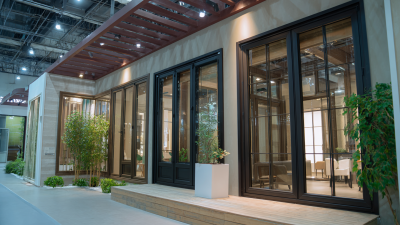
Innovative Trends in French Windows and Doors Showcased at 2025 China Import and Export Fair
-
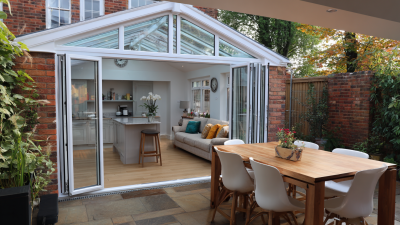
Innovative Conservatory Doors Set to Transform Market Trends at 2025 China Import and Export Fair


